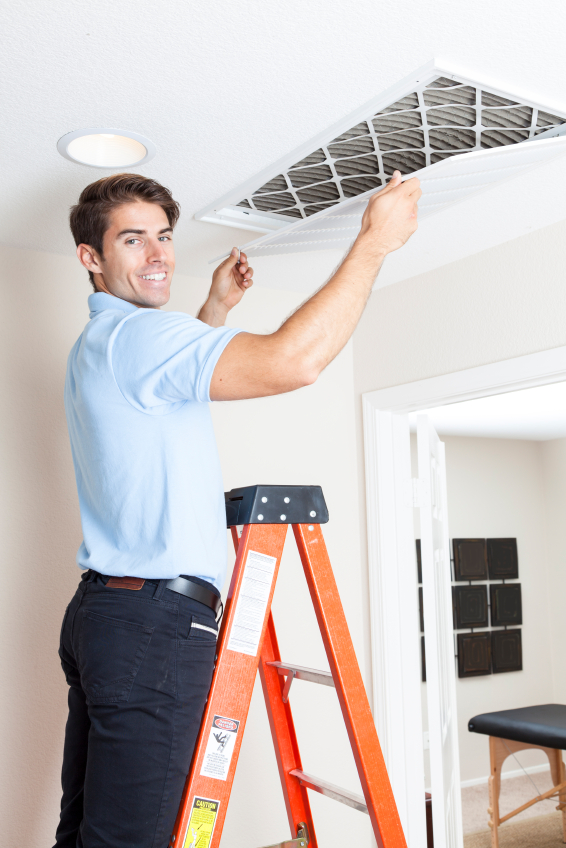We assume that our homes are safe and clean. We assume that when indoors we are deeply breathing clean and safe air. Kick all previous assumptions to the curbside. According to the US Environmental Protection Agency (USEPA), the average person receives 72 percent of their chemical exposure in the home. This is a shocking percentage, and one that most people are unaware of which is why indoor air quality should be a concern for homeowners and renters alike.
The first step towards lowering the number of pollutants in the air and increasing the overall air quality is to first identify what exactly contributes to poor indoor air quality. Sources that release gases and/or particles into the air are the primary cause of indoor air quality problems. These pollutants range from pollen, dust, fungi and viruses to cleaning solvents, perfume, paints and cooking fumes. Many of these particles and too small to see and thus go unnoticed.
The three primary culprits of indoor air pollution include:
1. Chemicals and Particulates
Chemical emissions and particulates are deemed the primary and most harmful sources of indoor air pollution. Furnishings, buildings materials and other household/office products can emit particles and volatile organic compounds (VOCs) into the air thus compromising indoor air quality. Of all these, chemical emissions and particulates contribute to the highest number of health effects down the road.
2. Mold
Moisture in the home is every homeowners nightmare. Moisture is a common source of indoor pollution as it can easily lead to the growth of mold in your home. Like many chemicals, mold also emits particles and VOCs leading to negative health effects.
3. Poor Ventilation
Buildings are typically tightly sealed and insulated in order to keep the cool air in and keep out the unconditioned outdoor air. Most ventilation systems are designed to recirculate air rather than bring in outdoor air. This is indeed a cost effective approach to lowering energy costs. However it can have a negative impact on indoor air quality. Without proper ventilation, indoor air quickly becomes stale and stagnant.
What then is the solution one might ask? There are numerous ways to improve air quality throughout your home and prevent allergy symptoms and respiratory illnesses. Depending on your specific situation, dehumidifiers, air purifiers, air exchangers and HEPA filters will help to cut down on the air pollution in your home.
The whole-home systems that Blue Ox Heating & Air offers are much more effective at allergy prevention and health protection than individual units that clean the air in one room. Only a centralized system allows you to reach and treat all of the air in your home.
Don’t delay bringing the air in your home up to healthy standards. You can learn more about the various air quality products that we offer by calling Blue Ox at 952-563-3012.


